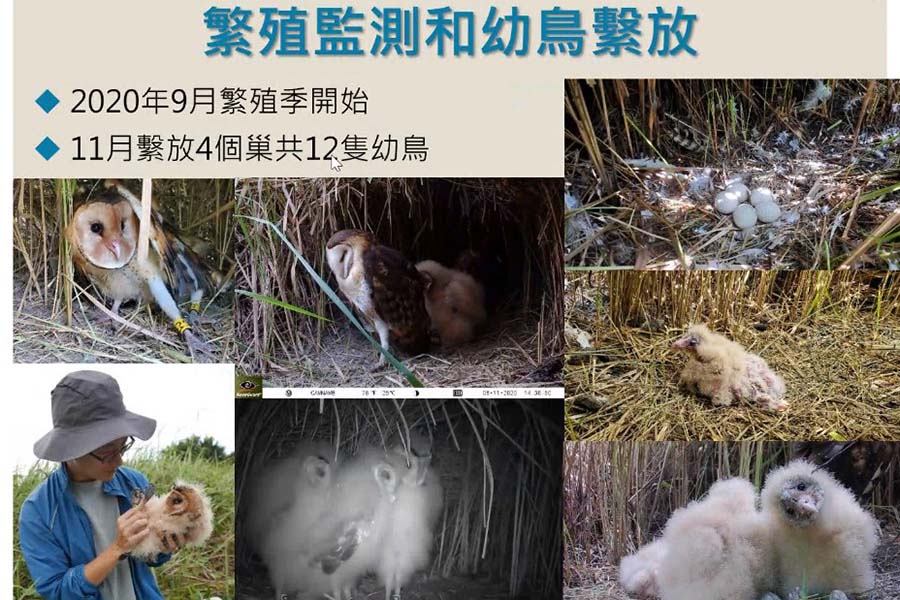A workshop on Taiwan’s grass owls was organized under the “Gao-Ping Area Ecological Blueprint Construction Project”, bringing together the National Pingtung University of Science and Technology (NPUST) Department of Forestry, the Pingtung Forest Management Office, Guansheng Ecological Co., Ltd., and many other interested parties.
Conducted online, the main focus of the workshop, was to discuss the creation of a Grass Owl Conservation Platform. Relevant authorities and ecological conservation experts were invited to participate, including Director Jui-Fen Yang of the Pingtung Forest Management Office, Director Chang Tai of the Chiayi Forest Management Office, and Lin Ruey-Shing of the Endemic Species Research Institute.
Under the Blueprint Project, the Pingtung Forest Management Office has already held several workshops on mountain ecological conservation and conducted successful meetings on inter-agency network platforms. The current ecological conservation workshop is aimed at grass owl conservation, with plans being made to promote a blueprint for ecological areas extending from Chiayi southwards.
The speakers all represented agencies that carry out grass owl ecological surveys or habitat conservation in the southern district of Taiwan.
Director-General Kun-Hai Lin of Kaohsiung Wild Bird Society shared on the topic of “Experience with Grass Owl Habitats that Overlap Communities”. He pointed out the need for community residents to be more aware of grass owl conservation, with stronger communication and consensus building. Community training and grass owl conservation activities can also help to improve the environment and create friendly habitats.”
Dr. Shiao-Yu Hong of the NPUST Institute of Wildlife Conservation shared on “Using Raptor Perches to Conduct Grass Owl Distribution Investigation”. He explained that grass owls were photographed on 10 of the 5-meter perches which were set up at 21 locations in in the Kao-Ping Area. This can be used as an important indicator of habitat distribution, which can be used to divided counties, cities, and jurisdictions for cooperation. The perches help to promote friendly agriculture and attract birds of prey which can reduce the rat populations.
Director General Yi-Shuo Tseng of Tainan Wildlife Conservation Society shared “Grass Owl Activities in Pasture Production Areas and a Comparison of Differences between Models and Survey Methodology”. He pointed out that grass owl surveys have been conducted in Xinhua, Shalun and other places, with data collected at least six times a month using visual inspection, perches, night vision cameras and other survey methods. In the future, they will be using the data to determine the perch heights that the grass owl prefer and to further analyse such things as feeding habits, haunting positions, and general behavior.
Assistant Professor Ross Tsai of the Chiayi University Student Resources Institute spoke on “Using Satellite Tracking to Investigate the Distribution of Eastern Grass Owls” explaining that in the report 22 individual grass owls were tracked by satellite from 2018 to 2020 to find out their daytime and nighttime habitats and movement patterns—and to facilitate subsequent investigation.
Ruey-Shing Lin, team leader at the Endemic Species Research Institute, shared “Cases of Grass Owl Survey and Monitoring”. He pointed out that due to factors such as industrial area development, solar farms, airports, and river and beach scape changes the grass owl’s habitat has been fragmented. Other factors which have inadvertently caused problems are use of rodent poison and bird netting by farmers. The future conservation goals for grass owls will be to maintain the quality of their habitat, reduce mortality rates, increase public awareness, and strengthen monitoring.
In addition to the organizations that provided topical presentations, a number of other groups also joined the meeting to discuss and exchange ideas, including the Raptor Research Group of Taiwan, Wild Bird Society of Chia-Yi County, Wild Bird Society of Tainan, Wild Bird Society of Ping Tung, and the Taiwan Organic Agriculture Foundation.
The grass owl subject to discussion is a subspecies endemic to Taiwan and is currently listed as the first-level endangered species. Since the establishment of the ecological blueprint in the Kao-Ping area, it has been receiving attention for both short- and medium-range planning.
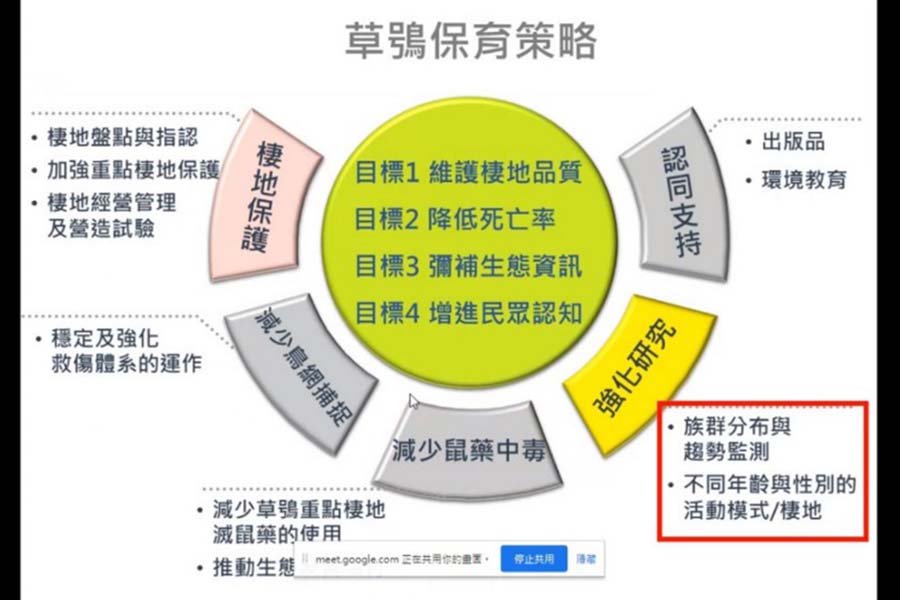
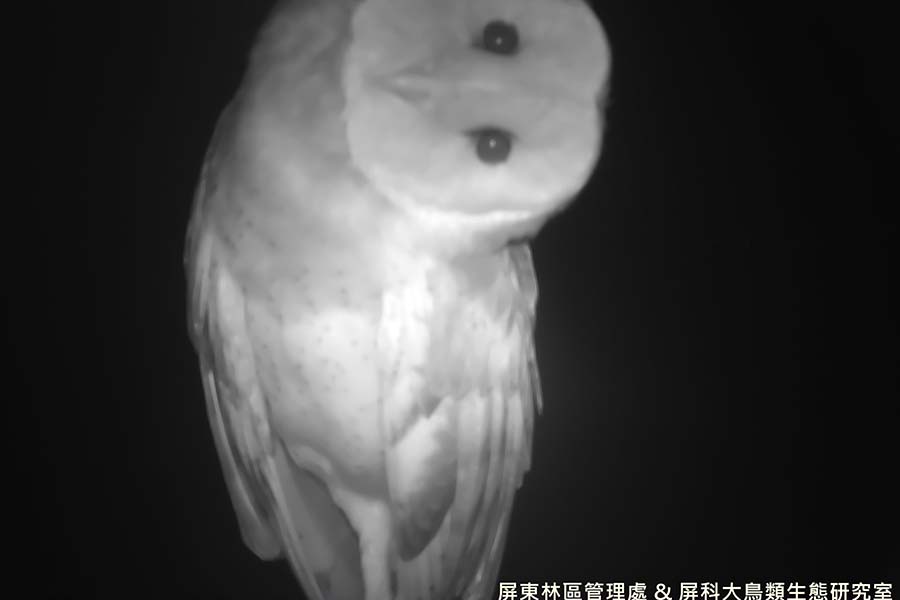
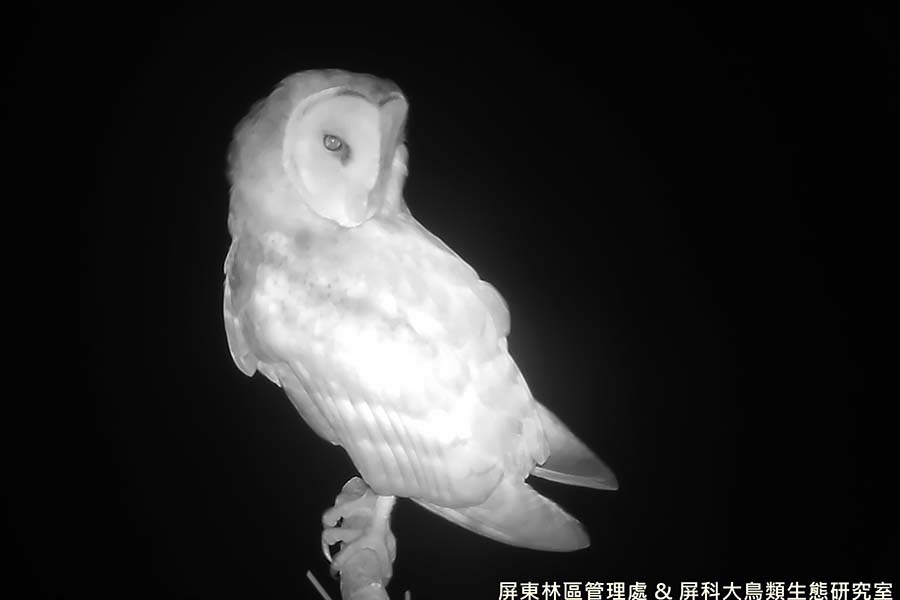
M2L0P66E80A30B924C40-P0E0A0B0C00-E0A0B0C00-E0A0B0C00-E0A0B0C00-C80,30 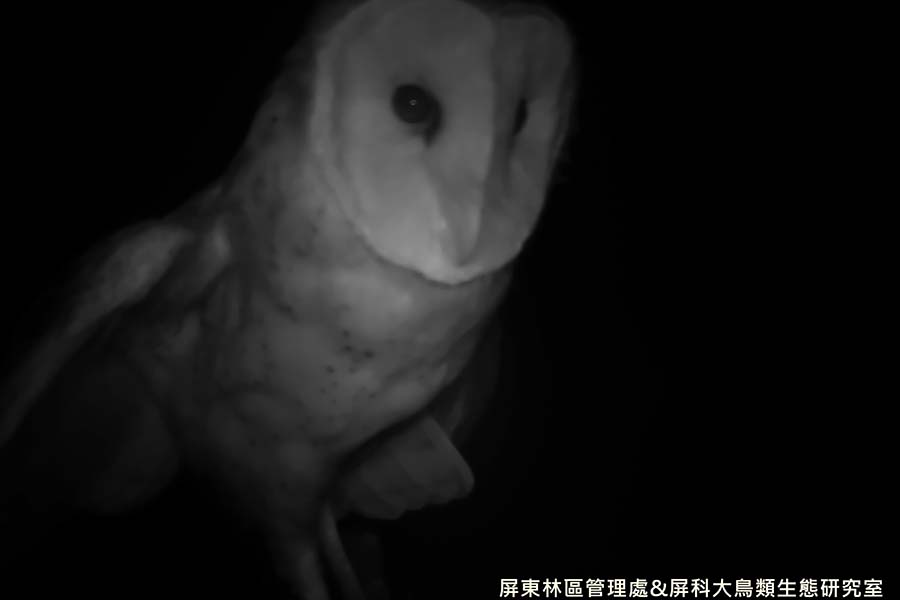
M2L0P80E80A73B112C05-P20E80A73B1012C50-E80A16B1012C50-E121A0B1012C50-E178A0B0C00-C178,0 